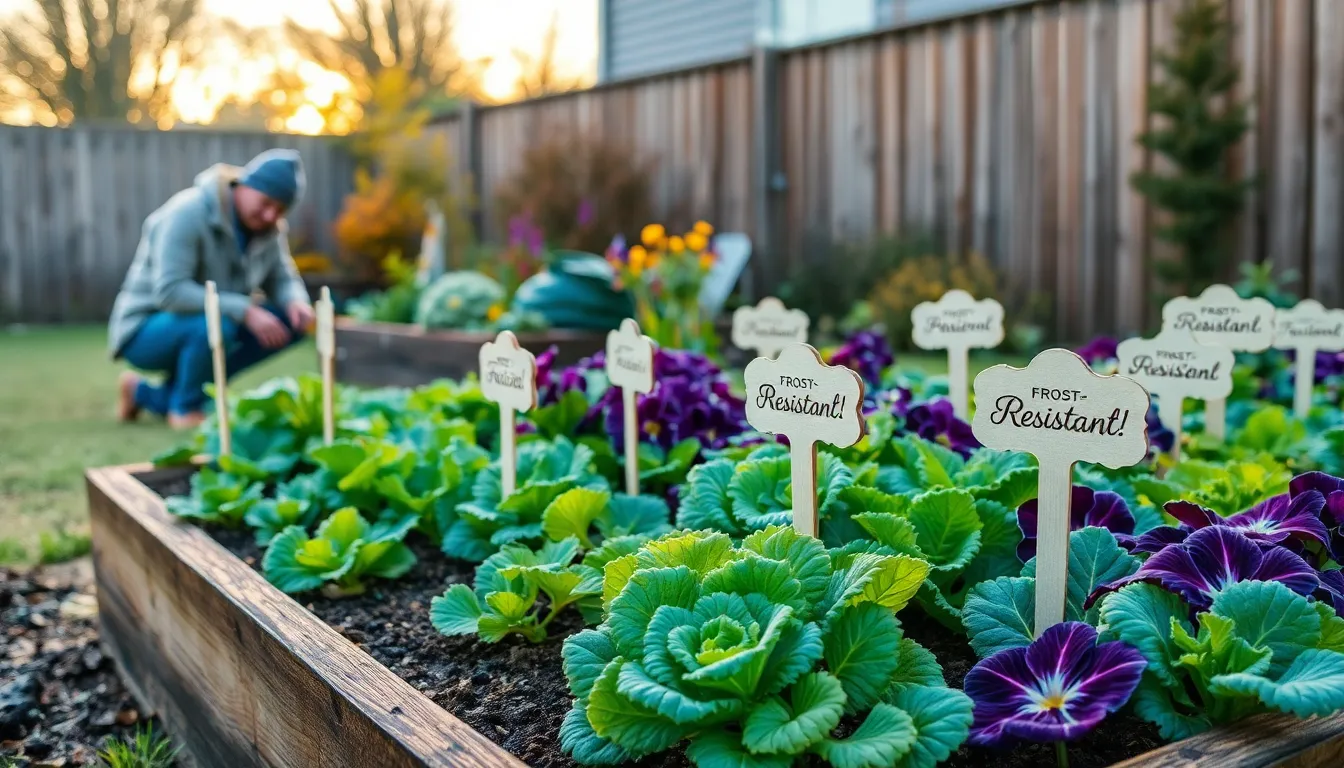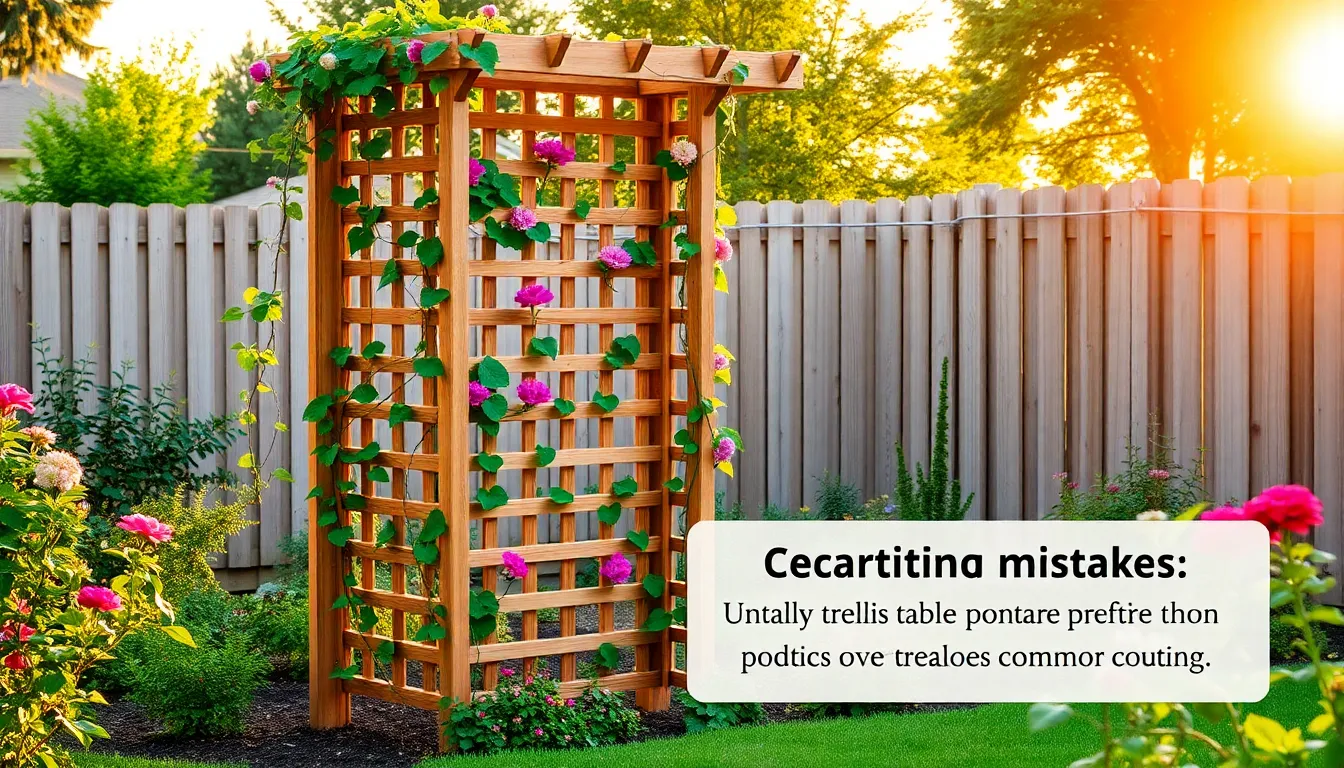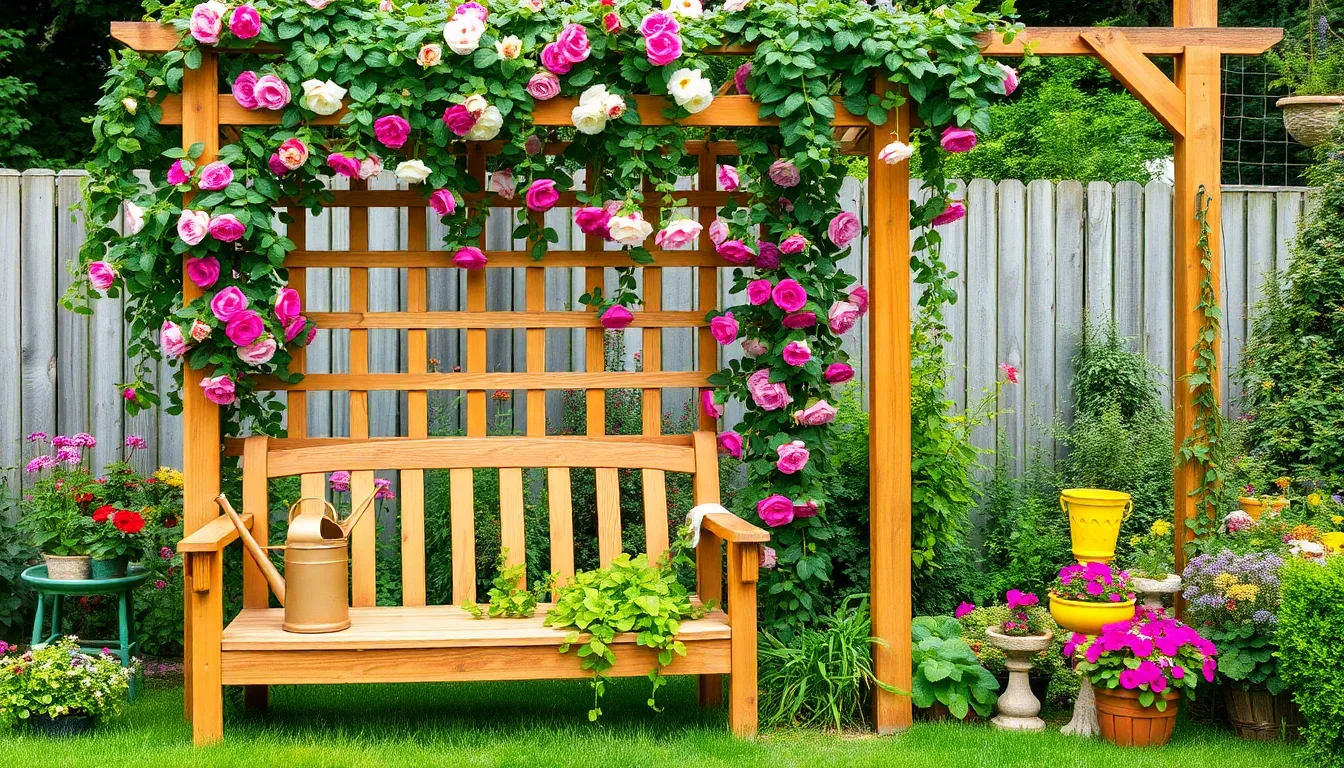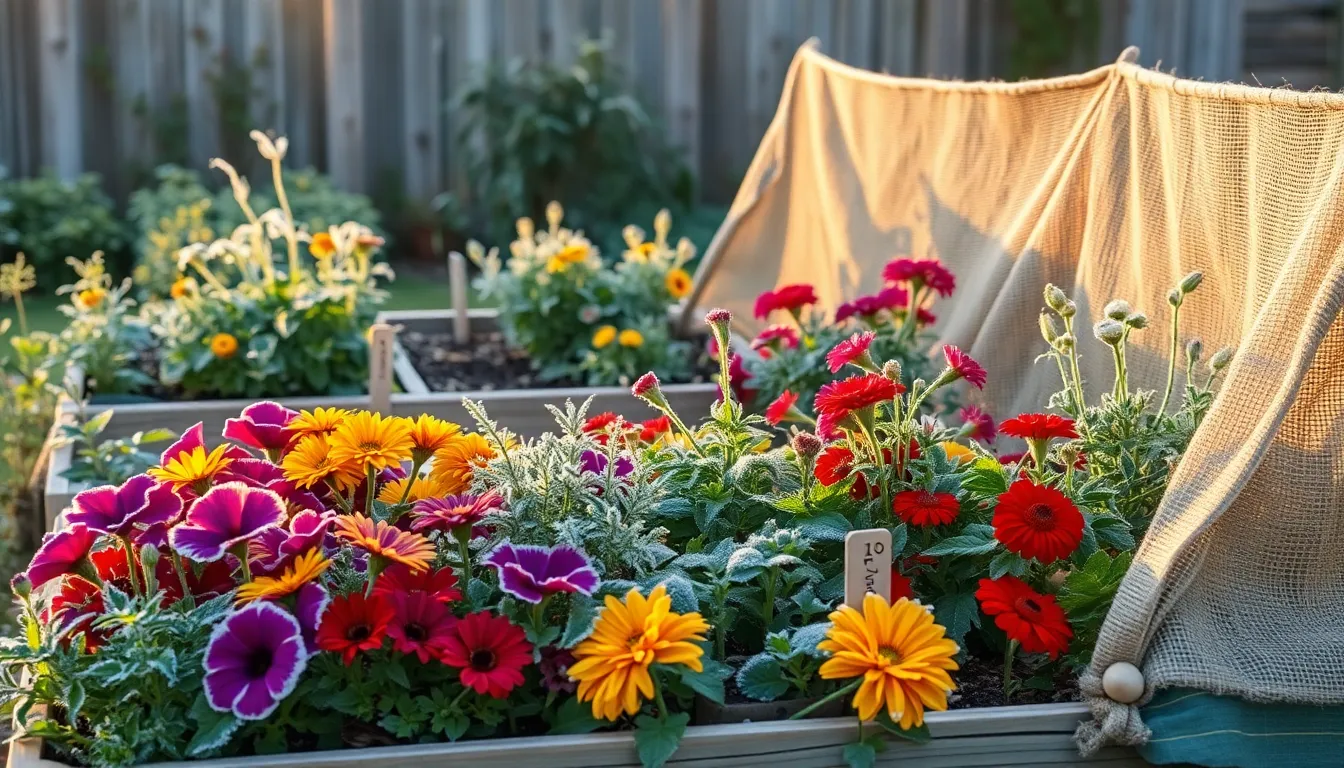As the seasons change and temperatures begin to dip, gardeners of every skill level face the perennial challenge of protecting their cherished plants from the icy grip of frost. Whether you’re just getting your hands dirty for the first time or have years of experience under your belt, understanding how to safeguard your garden from frost is crucial for ensuring vibrant blooms and bountiful harvests come spring. Myths about frost protection abound, often leading to confusion and, sometimes, disappointment when the first frost hits.
In this article, we’ll dispel common misconceptions and arm you with practical, reliable strategies to keep your garden thriving through the chill. From the surprising effectiveness of certain materials to the timing of protective measures, you’ll gain insights that make frost protection straightforward and effective. Whether you’re caring for tender seedlings or mature perennials, you’ll discover tips tailored to your garden’s unique needs, empowering you to meet winter’s challenges head-on. So grab your gardening gloves and prepare to debunk some myths as we explore the truths behind frost protection for your beloved plants.
Debunking Frost Blanket Myths
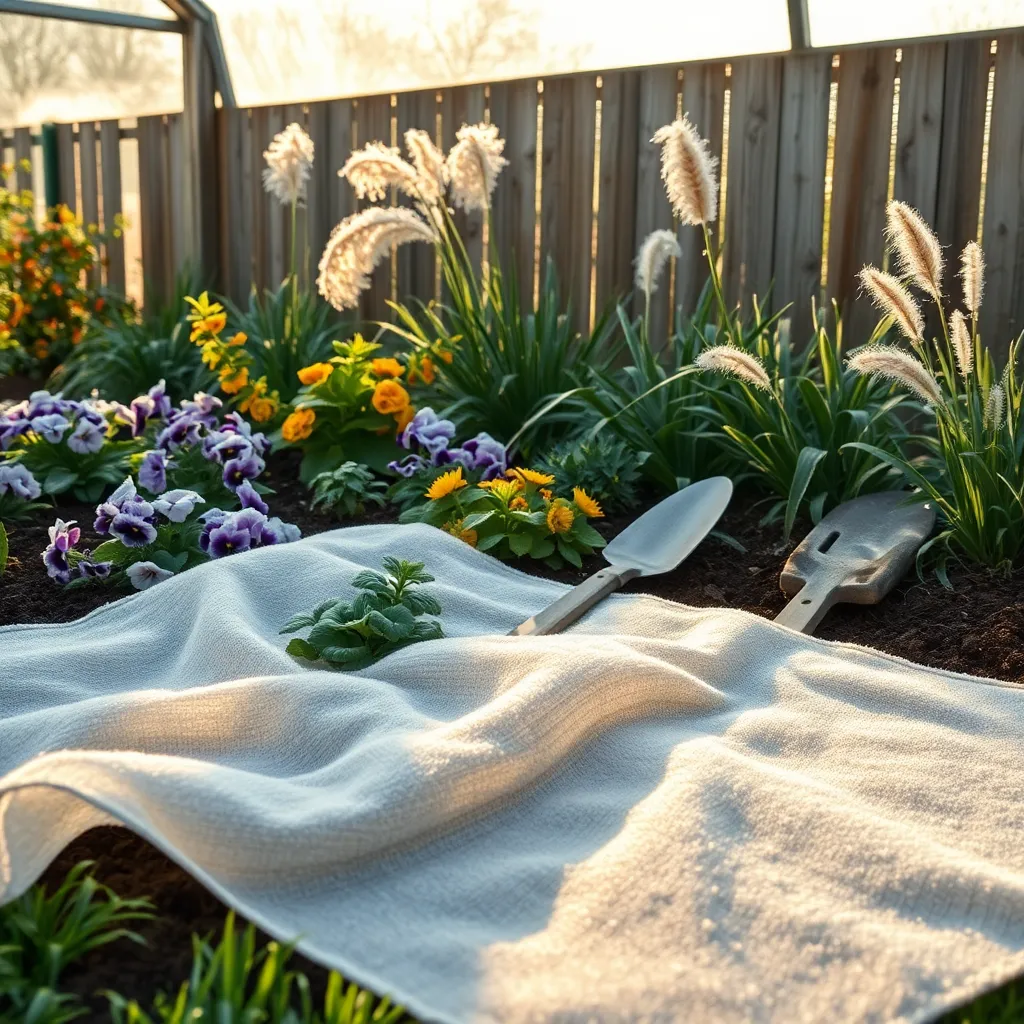
Many gardeners believe that using a frost blanket is a complicated process, but it’s actually quite simple. A frost blanket is a lightweight, breathable cover that can be easily draped over plants to protect them from freezing temperatures.
Some might think that frost blankets can only be used for one specific type of plant, yet they are versatile enough for various species. From delicate perennials to sturdy shrubs, frost blankets can safeguard a wide range of garden plants when temperatures are expected to drop.
It’s a common myth that frost blankets need to be tightly secured to be effective. In fact, loosely covering your plants allows for better air circulation, which is crucial to prevent condensation and freezing on the leaves.
Another misunderstanding is that frost blankets should be left on for extended periods. It’s important to remove the blanket during the day to let in sunlight and warmth, ensuring your plants receive the light they need to thrive.
- Choose a frost blanket with a fabric weight of around 0.5 to 1.5 ounces per square yard for optimal protection.
- Secure the edges with rocks or stakes to prevent wind from lifting the blanket.
- Make sure to water your plants adequately before a frost, as moist soil retains more heat than dry soil.
To maximize the effectiveness of a frost blanket, consider combining it with other frost protection methods. Mulching around the base of your plants can further insulate roots and maintain soil warmth in freezing conditions.
Plastic Covers: Fact or Fiction?
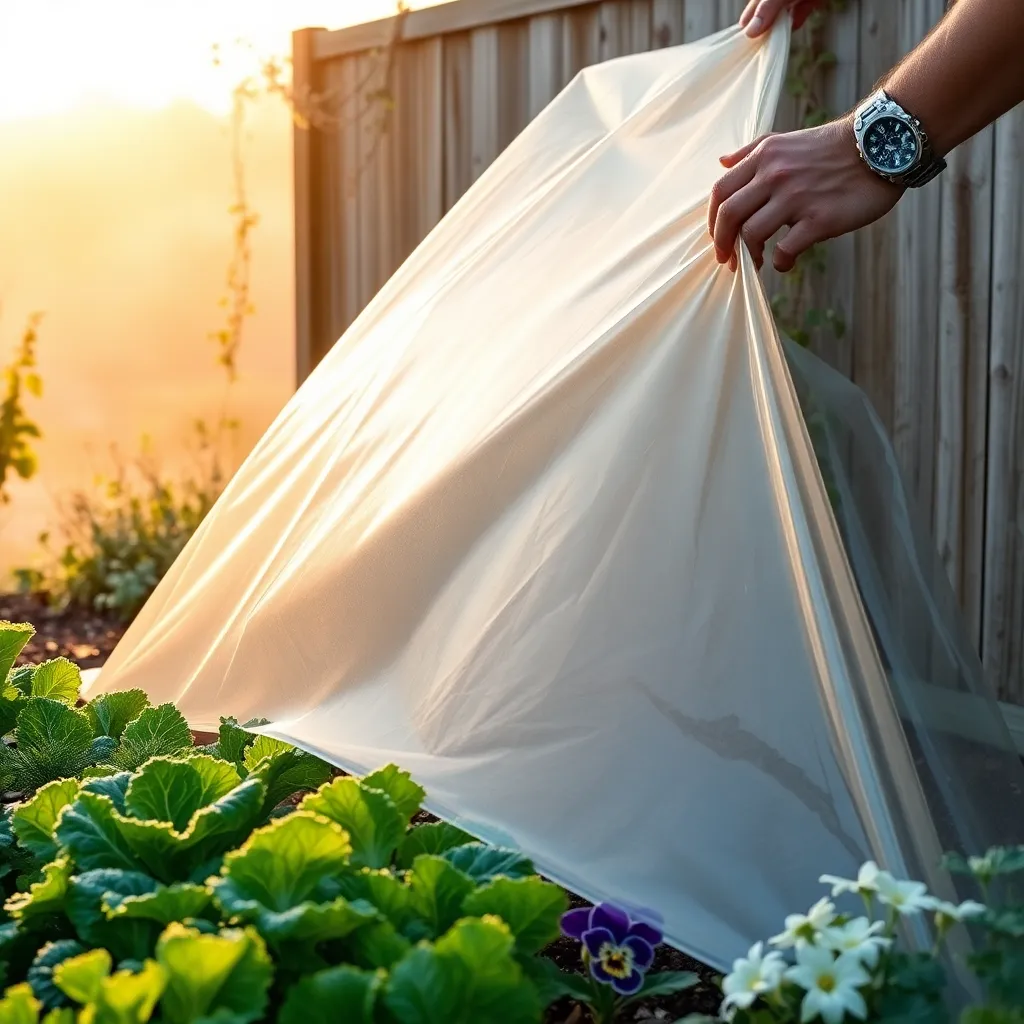
Using plastic covers to protect plants from frost is a common strategy, but it requires careful handling. Plastic can trap moisture and cold air against the plant, potentially causing damage if not used correctly.
For effective use, ensure the plastic cover does not directly touch the plant foliage. Instead, create a supportive framework using stakes or hoops to keep the material off the leaves, allowing air circulation and preventing condensation from forming on the plant.
Consider using plastic covers only as a last resort, as they can increase the risk of heat buildup during sunny days. Opt for breathable materials like frost cloth or burlap for everyday frost protection, as these materials allow moisture and heat to escape, reducing the risk of overheating.
For those keen on using plastic, choose clear plastic, which allows sunlight to penetrate and warm the soil during the day. However, remember to remove the cover during the day if temperatures rise, as this will prevent overheating and allow your plants to breathe.
Understanding Frost Timing Misconceptions
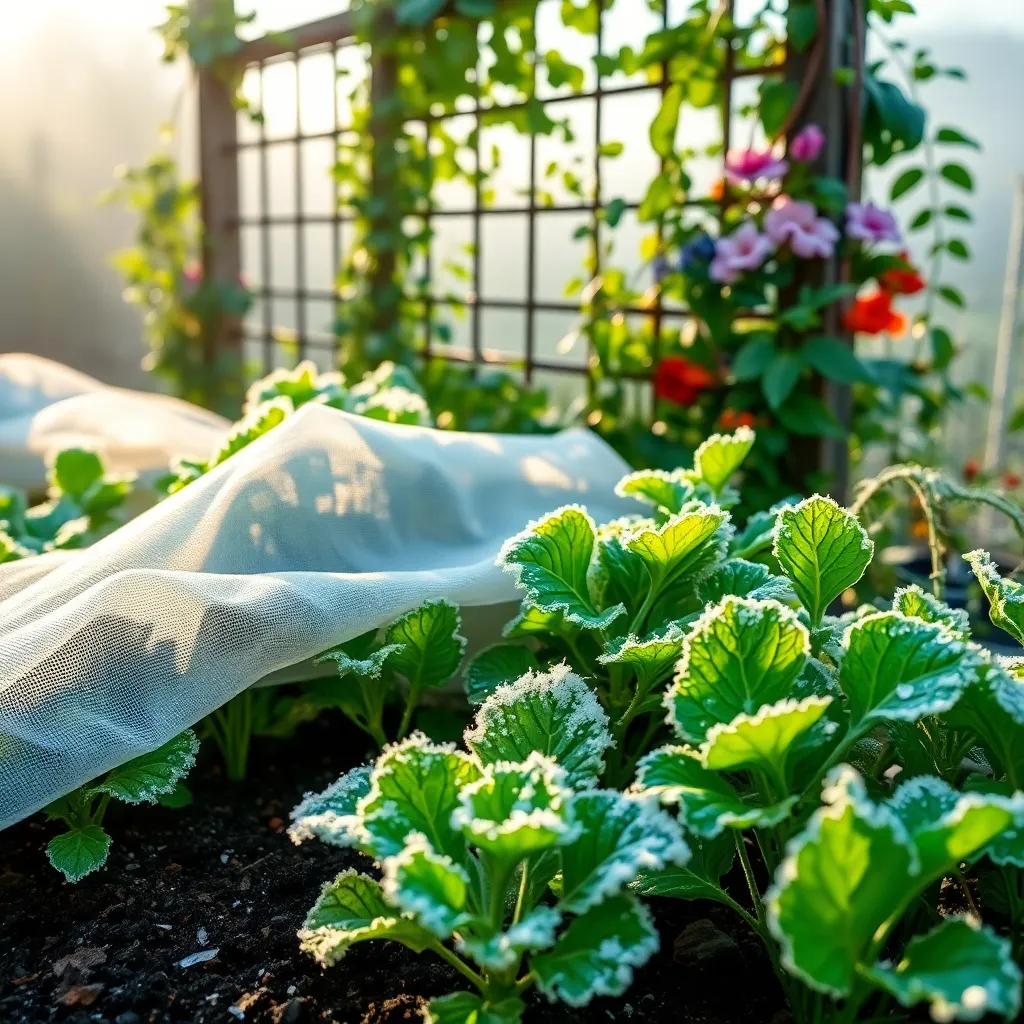
Many gardeners believe that frost dates are set in stone, but this is a common misconception. Frost dates are actually historical averages, meaning they can vary by several weeks each year.
To plan effectively, gardeners should monitor local weather forecasts and use a thermometer to track temperatures in their garden. Being prepared for sudden cold snaps can make a big difference in protecting your plants.
Frost can occur even when air temperatures are slightly above freezing, especially in low-lying areas. It’s important to understand that soil type and moisture also play roles in frost risk; well-drained soil generally retains heat better than waterlogged soil.
Using mulch is a practical way to insulate soil and keep roots warmer during unexpected frost. Applying a 2-3 inch layer of organic mulch can help stabilize soil temperatures and protect tender plants.
Myths About Plant Hardiness Zones
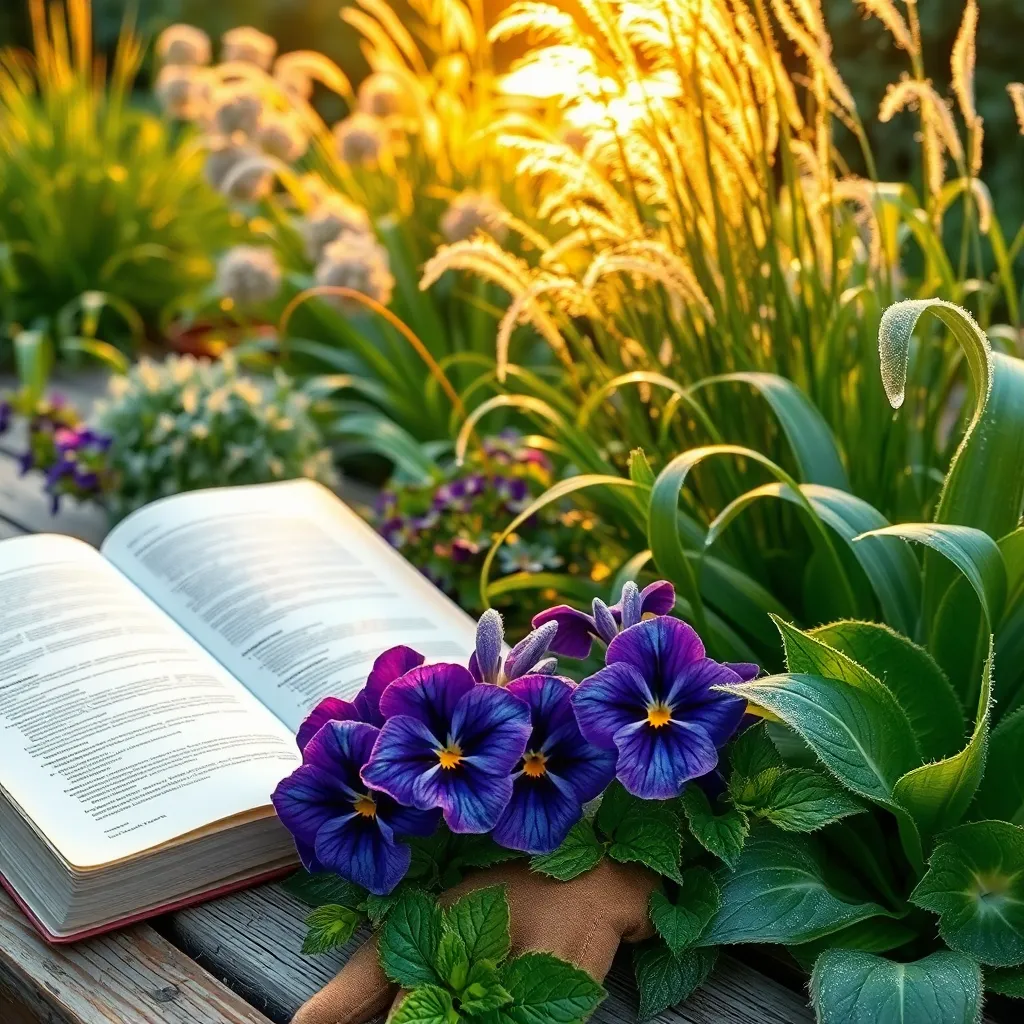
Many gardeners mistakenly believe that plant hardiness zones are the definitive guide to plant survival. While these zones offer valuable information about average minimum winter temperatures, they don’t account for other crucial factors like soil type and water needs.
It’s important to remember that hardiness zones don’t consider microclimates in your garden. You might have areas that are warmer or cooler due to wind patterns, shade, or proximity to structures, which can greatly impact plant survival.
For beginners, it’s advisable to use hardiness zones as a basic guideline but supplement them with local knowledge. Consult with local garden centers or experienced neighbors to understand how specific plants perform in your area beyond what’s printed on the label.
Advanced gardeners can exploit microclimates to their advantage by planting tender species in naturally warmer spots. Consider using protective measures like mulch or row covers to extend the growing season and protect against unexpected frosts.
Misleading Frost Protection Methods
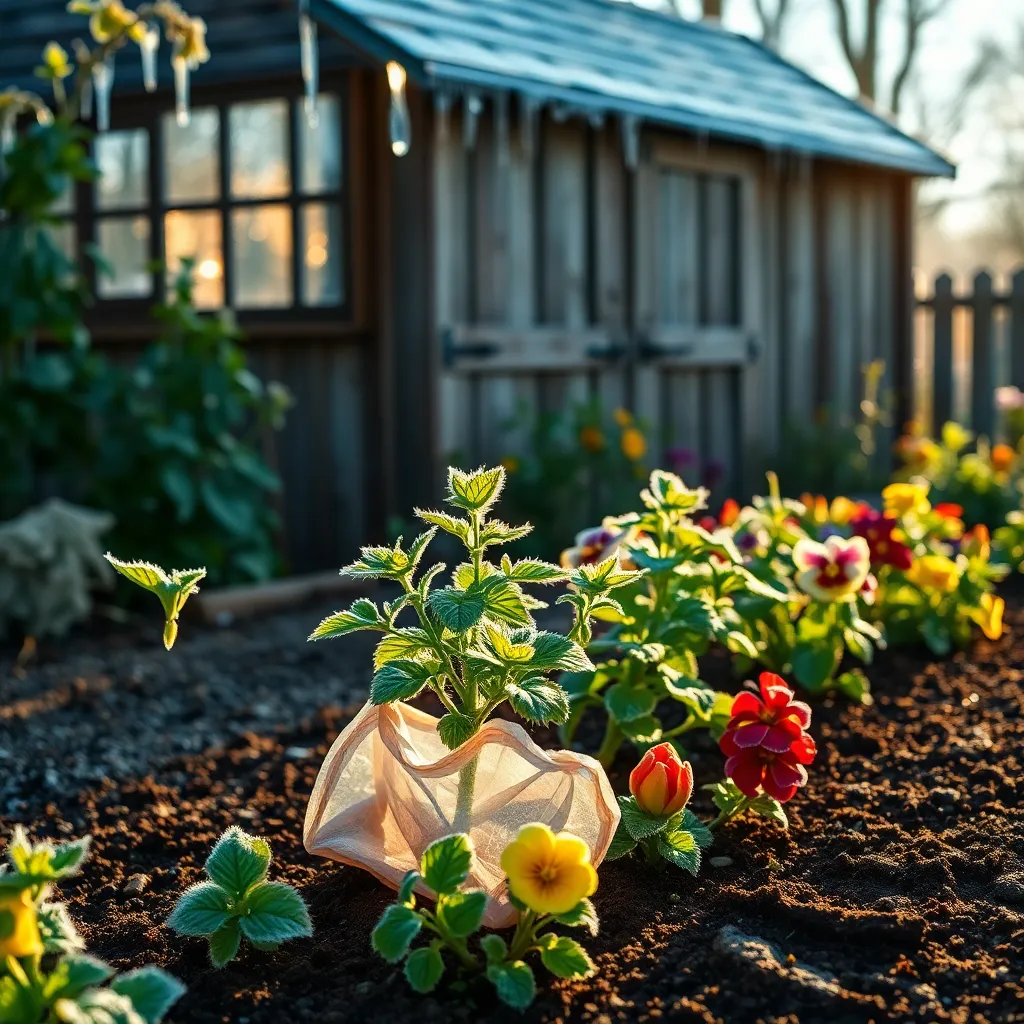
Many gardeners believe that covering plants with plastic sheets will effectively protect them from frost. However, plastic can trap moisture underneath, which may freeze and damage the plants more severely. Instead, use breathable materials like old blankets or burlap to cover your plants, ensuring they are securely anchored to prevent any gaps. This method allows moisture to escape while still providing an insulating layer against the cold.
Another common misconception is that watering plants before a frost will harm them. In reality, well-watered soil retains heat better than dry soil, helping to keep the root zone warmer during a freeze. Water your garden thoroughly during the day before an expected frost, as this will allow the soil to absorb heat and then release it slowly overnight. Just be cautious not to overwater, as soggy soil can lead to root rot.
Some gardeners think that using a space heater in the garden is a good way to protect plants from frost. While heaters can provide warmth, they are often inefficient and can pose a fire risk if not used properly. Instead, consider using small, low-wattage string lights to add heat; wrapping them around plants or placing them under covers can gently raise the temperature without the risks associated with open heat sources. This is an especially effective technique for protecting citrus trees and other sensitive plants.
Finally, many believe that once a plant is frost-damaged, it cannot recover. While frost can harm plants, many can bounce back with proper care. Trim away any damaged leaves or stems after the threat of frost has passed, and consider applying a light fertilizer to encourage new growth. Be patient, as it may take some time for your plants to fully recover, but with consistent care, they often will.
Conclusion: Growing Success with These Plants
In exploring the intricacies of safeguarding relationships, ‘Common Myths About Protecting Plants From Frost’ offers enlightening parallels to nurturing our connections. We debunked five key myths: first, the importance of clear communication over assumptions, just as plants need direct care rather than guesswork; second, the necessity of consistency, akin to regular frost protection; third, the value of understanding individual needs, much like different plants require varied care; fourth, the role of resilience in weathering storms together; and finally, the power of patience and time in fostering growth.
As an immediate step, take a moment to identify one area in your relationship needing clarity or attention, and initiate a heartfelt conversation today. This proactive approach can strengthen your bond and promote understanding.
We encourage you to save this article as a valuable resource in your personal library. Relationships, much like gardens, thrive with continuous care and informed effort. As you move forward, remember that with the right tools and mindset, your relationship can flourish even amidst challenges. Embrace this journey with optimism and a commitment to growth, knowing that each step taken brings you closer to a thriving, harmonious connection.

